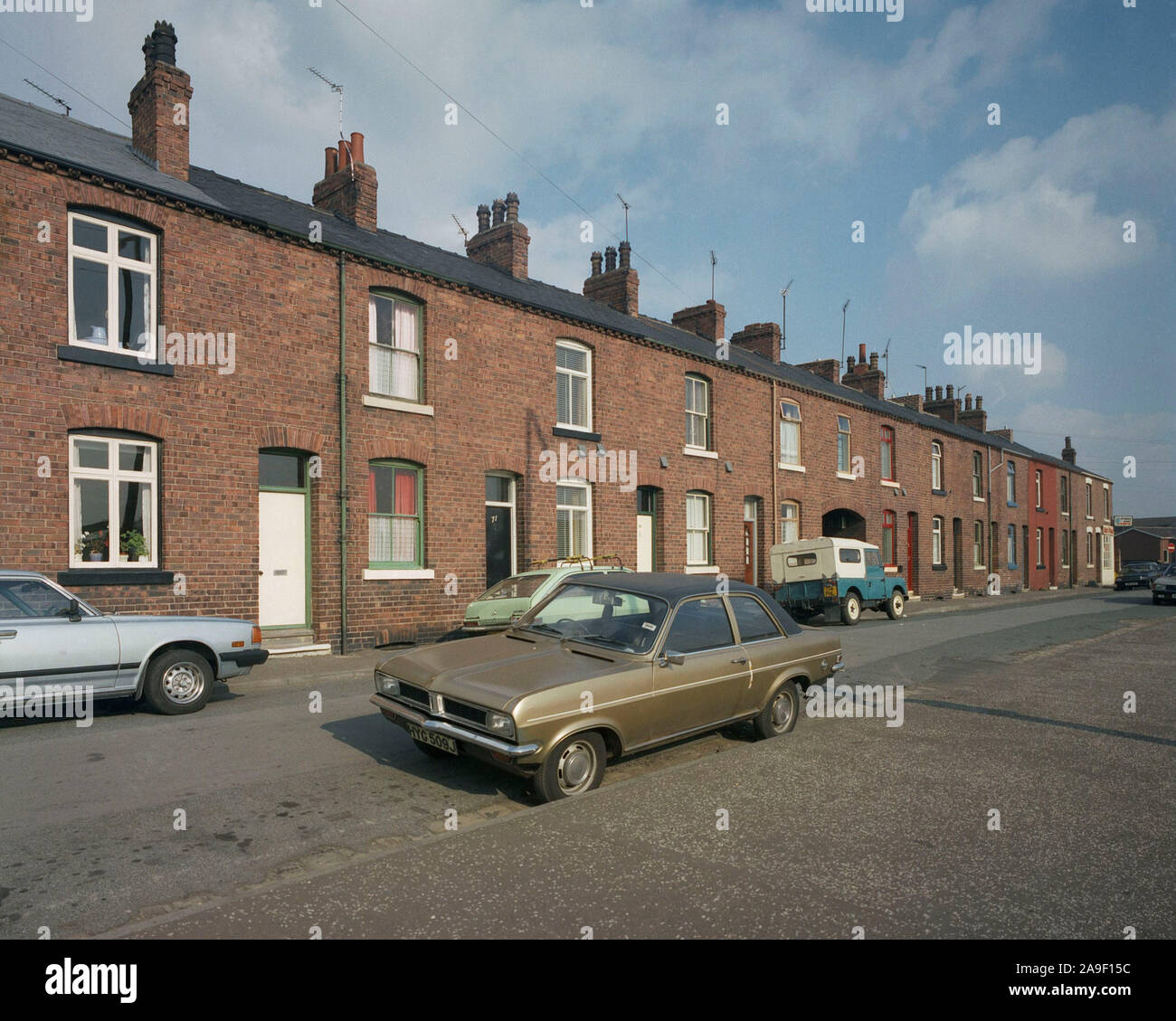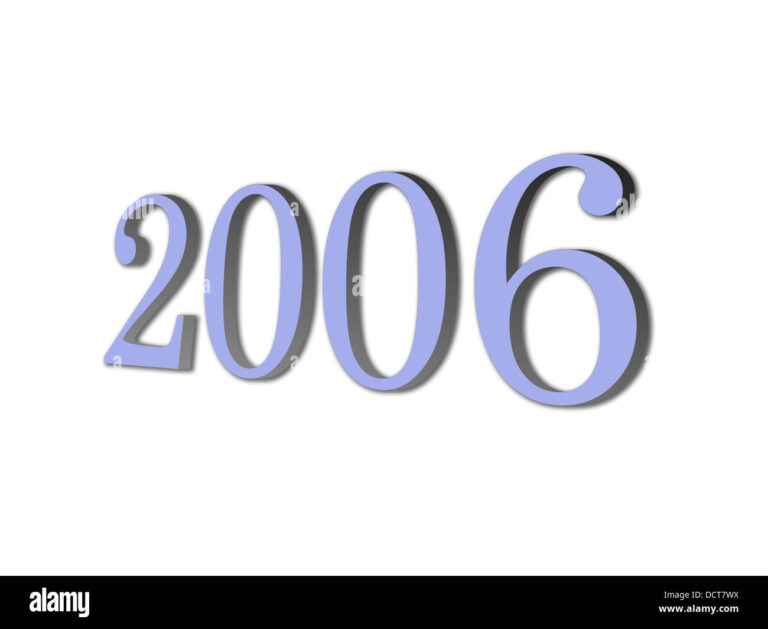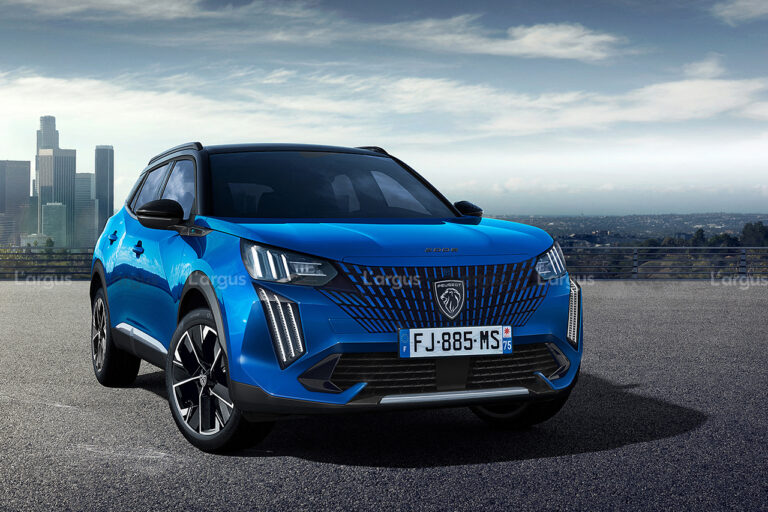1980 Jeep Cherokee Chief For Sale: Your Ultimate Buyer’s Guide
1980 Jeep Cherokee Chief For Sale: Your Ultimate Buyer’s Guide jeeps.truckstrend.com
The 1980 Jeep Cherokee Chief isn’t just an old SUV; it’s a statement, a testament to a bygone era of rugged American automotive design, and a highly sought-after classic in today’s burgeoning vintage 4×4 market. Born from the venerable SJ platform, the Chief trim amplified the Cherokee’s already robust appeal with wider fenders, distinctive graphics, and an undeniable presence. For those dreaming of a vehicle that effortlessly blends iconic styling with genuine off-road capability, finding a 1980 Jeep Cherokee Chief for sale represents an exciting opportunity to own a piece of automotive history.
This comprehensive guide will navigate you through everything you need to know about purchasing and owning one of these legendary vehicles. Whether you’re a seasoned collector or a first-time classic car buyer, understanding the nuances of the 1980 Cherokee Chief is crucial to making an informed decision and enjoying your ownership experience to the fullest.
1980 Jeep Cherokee Chief For Sale: Your Ultimate Buyer’s Guide
The Enduring Appeal of the SJ Cherokee Chief
The Jeep Cherokee (SJ) lineage, which ran from 1974 to 1983, evolved from the full-size Wagoneer, offering a sportier, two-door counterpart initially, later adding a four-door option. The "Chief" package, introduced in the mid-70s, was designed to appeal to a younger, more adventurous demographic. It featured unique wide-track axles, larger fender flares to accommodate wider tires, and distinctive exterior decals that set it apart from its brethren.
By 1980, the Cherokee Chief had solidified its reputation as a capable off-roader and a stylish daily driver. Its boxy, no-nonsense aesthetics, combined with its legendary Jeep durability, have ensured its continued popularity. In an automotive landscape increasingly dominated by sleek, unibody SUVs, the Chief stands as a nostalgic reminder of when SUVs were truly built for utility and adventure, not just pavement cruising. Its raw, mechanical feel and straightforward engineering make it appealing to enthusiasts who appreciate hands-on maintenance and a genuine connection to the road (or trail).
What Makes a 1980 Jeep Cherokee Chief Special? Key Features & Specifications
Understanding the core components of the 1980 Cherokee Chief is vital for any prospective buyer. These vehicles were built with robust, proven mechanicals, though specific configurations can vary.
- Engine Options:
- AMC 258 cu in (4.2L) I6: A workhorse inline-six, known for its reliability and torque, though not particularly powerful. It’s a good choice for those prioritizing fuel economy (relatively speaking) and ease of maintenance.
- AMC 360 cu in (5.9L) V8: This was the most common and arguably most desirable engine option for the Chief. It offered significantly more power and a quintessential American V8 rumble, making it excellent for highway cruising and off-road grunt.
- AMC 401 cu in (6.6L) V8: While technically available in the SJ platform, the 401 V8 was largely phased out by 1980 and is exceptionally rare to find in a Cherokee Chief of this year. If encountered, it’s a significant value adder.

- Transmission:

- Automatic: Most Chiefs came with the robust Chrysler TorqueFlite 727 3-speed automatic transmission, renowned for its durability.
- Manual: Less common, but some Chiefs were equipped with manual transmissions like the Borg-Warner T-18 (4-speed) or Tremec T-176 (4-speed). Manual Chiefs are generally more sought after by purists.
- Transfer Case:
- Quadratrac (BW1305/1339): A full-time four-wheel-drive system that was standard on many Chiefs. While innovative for its time, it requires specific maintenance (e.g., proper fluid levels and additive) and can be prone to issues if neglected.
- Part-time Systems (Dana 20, NP208): Some Chiefs might have been equipped with traditional part-time 4WD systems, offering more direct engagement but less flexibility on pavement.
- Axles: Dana 44 axles front and rear were standard, known for their strength and reliability, making them excellent foundations for off-road builds.
- Chief-Specific Styling: The Chief package truly made these vehicles stand out. Key elements include:
- Wider Track & Fender Flares: Giving the Chief its signature aggressive stance.
- Unique Grille & Headlight Bezels: Often blacked out for a more rugged look.
- "Chief" Decals: Prominently displayed on the fenders and tailgate.
- Interior Trim: While still utilitarian, Chiefs often had more distinctive seat fabrics and door panel designs.
Navigating the Market: Finding a 1980 Jeep Cherokee Chief For Sale
Finding the right 1980 Cherokee Chief requires patience and knowing where to look. The market for these vehicles has matured, meaning good examples are out there, but often command higher prices.
- Online Marketplaces: Websites like Bring a Trailer, Hemmings, eBay Motors, and specialized classic car sites (e.g., ClassicCars.com) are excellent starting points. They often feature detailed listings with extensive photo galleries and sometimes even videos.
- Specialized Forums & Social Media Groups: Online communities dedicated to full-size Jeeps (FSJs) are invaluable resources. Members often post "for sale" listings, offer advice, and can provide insights into specific vehicles. Facebook Marketplace also has numerous FSJ groups.
- Classic Car Dealers & Auctions: Reputable classic car dealers might occasionally have a well-restored Chief in their inventory. Live and online auctions can also be a source, though buyers should be extra diligent with pre-purchase inspections in these settings.
- Local Classifieds & Word-of-Mouth: Don’t discount local avenues. Sometimes the best deals are found through networking with local enthusiasts or spotting a "for sale" sign in a rural area.
Crucial Considerations Before Buying: A Buyer’s Checklist
Purchasing a 40-year-old vehicle requires a meticulous inspection. These are the critical areas to focus on when evaluating a 1980 Jeep Cherokee Chief for sale:
- Rust, Rust, Rust: This is the absolute biggest enemy of the SJ Cherokee. Inspect the frame rails (especially near body mounts), floorboards, rocker panels, wheel wells, inner fenders, tailgate, and under the drip rails. Pay close attention to any bubbling paint, which often hides significant corrosion underneath.
- Engine Condition: Look for excessive smoke from the exhaust (blue for oil, white for coolant), strange noises (knocking, ticking), and fluid leaks. A compression test is highly recommended to assess internal engine health. Check for proper oil pressure.
- Transmission & Transfer Case: Test drive the vehicle to ensure smooth shifting through all gears, both in 2WD and 4WD. For Quadratrac systems, ensure the low range engages properly and that there are no unusual noises or vibrations. Ask about the last time the Quadratrac chain and fluid were serviced.
- Suspension & Steering: Check for excessive play in the steering wheel, which can indicate worn steering box components or tie rods. Inspect leaf springs, shocks, and bushings for wear or damage. Listen for clunks or squeaks over bumps.
- Brakes: The 1980 Chief typically has front disc and rear drum brakes. Ensure the pedal feels firm and the vehicle stops straight without pulling. Check for fluid leaks at the master cylinder or calipers/wheel cylinders.
- Electrical System: Test all lights, gauges, wipers, heater/AC (if equipped), and power windows (if present). Wiring harnesses on older vehicles can become brittle and problematic.
- Interior & Exterior Completeness: Assess the condition of the seats, dashboard (prone to cracking), headliner, and door panels. Missing or damaged Chief-specific trim can be difficult and expensive to replace. Check all glass for cracks or delamination.
- Documentation: Request service records, receipts for any major work, and a clear title. A vehicle with a well-documented history is always preferable.
Restoration vs. Preservation: What to Expect
When looking at a 1980 Chief, you’ll generally encounter a spectrum of conditions, from project vehicles to fully restored showpieces.
- Driver Quality: These are vehicles that are mechanically sound enough to be driven regularly but will likely have cosmetic imperfections, some rust, or require ongoing minor repairs. They offer a more accessible entry point into ownership.
- Partial Restoration: The owner has addressed key mechanical issues, perhaps some rust, and refreshed certain cosmetic elements. This can be a good balance of cost and readiness.
- Full Restoration: These vehicles have been meticulously rebuilt from the ground up, often to original specifications or with tasteful upgrades. They command the highest prices but offer a turn-key classic experience.
- Parts Availability: Mechanical components for the AMC engines, Chrysler transmissions, and Dana axles are generally good, with many aftermarket options. However, Chief-specific body panels, interior trim, and unique decals can be challenging to source and expensive. The FSJ community is a great resource for used parts.
Ownership Experience: Driving and Maintaining Your Chief
Owning a 1980 Jeep Cherokee Chief is a unique experience. It’s not a modern, refined SUV.
- Driving Dynamics: Expect a rugged ride, significant body roll, and slower acceleration compared to contemporary vehicles. Steering can be vague, and braking distances are longer. However, the high seating position and commanding view of the road are unparalleled.
- Fuel Economy: Don’t expect miracles. The V8 models, especially, will be thirsty, typically in the single digits or low teens for MPG.
- Maintenance: While mechanically straightforward, consistent maintenance is key. Be prepared for regular oil changes, fluid checks (especially for the Quadratrac), and addressing typical wear items. Joining online forums and connecting with other FSJ owners will provide invaluable support and knowledge.
- Insurance: Consider classic car insurance, which often offers better rates and agreed-upon value coverage for vintage vehicles.
- Value Appreciation: Well-maintained and original Cherokee Chiefs, particularly those with the V8 engine and desirable options, have seen significant appreciation in value in recent years. They can be a sound investment for the enthusiast.
Practical Advice and Actionable Insights
- Get a Pre-Purchase Inspection (PPI): Even if you’re knowledgeable, have a qualified mechanic specializing in classic 4x4s or Jeeps perform a thorough inspection. This can save you thousands down the line.
- Set a Realistic Budget: The purchase price is just the beginning. Factor in potential repairs, maintenance, insurance, and possibly restoration costs.
- Prioritize a Rust-Free Body: Mechanical issues can be fixed, but extensive rust repair is incredibly expensive and time-consuming. It’s almost always better to pay more for a solid body than to buy a cheap, rusty project.
- Join the Community: Immerse yourself in the full-size Jeep community. Forums, Facebook groups, and local clubs are excellent resources for advice, parts, and camaraderie.
- Don’t Rush: Take your time, look at multiple examples, and be prepared to walk away if a vehicle doesn’t meet your criteria or raises too many red flags.
1980 Jeep Cherokee Chief Estimated Price Guide
Please note that these prices are estimates and can vary significantly based on engine, transmission, options, geographic location, originality, and the specific market conditions at the time of sale.
| Condition Category | Description | Estimated Price Range (USD) |
|---|---|---|
| Project/Poor | Significant rust, non-running or major mechanical issues, incomplete, needs full restoration. | $2,000 – $7,000 |
| Fair | Running and driving, but needs substantial mechanical work, bodywork, rust repair, and interior refurbishment. | $7,000 – $15,000 |
| Good Driver | Roadworthy, minimal rust (surface only), solid mechanicals, presentable interior/exterior with minor flaws, suitable for regular driving. | $15,000 – $25,000 |
| Excellent | Highly original or well-restored, minimal flaws, strong mechanicals, clean interior/exterior, ready for shows or reliable enjoyment. | $25,000 – $40,000+ |
| Concours/Show | Meticulously restored to original specifications or better, flawless condition, rare options, museum-quality. | $40,000 – $60,000+ |
Frequently Asked Questions (FAQ)
Q: What’s the main difference between a standard 1980 Cherokee and a Chief?
A: The Chief package primarily featured wider track axles, larger fender flares to accommodate wider tires, and distinctive exterior graphics and badging, giving it a more aggressive and sporty appearance compared to the standard Cherokee.
Q: Are parts readily available for a 1980 Jeep Cherokee Chief?
A: Mechanical parts for the AMC engines, Chrysler transmissions, and Dana axles are generally well-supported by the aftermarket. However, Chief-specific body panels, interior trim pieces, and unique exterior decals can be challenging to find and may require sourcing from specialty suppliers or used parts from fellow enthusiasts.
Q: What kind of fuel economy can I expect from a 1980 Cherokee Chief?
A: Don’t expect modern fuel efficiency. The 6-cylinder models might achieve 12-15 MPG, while the V8 models typically range from 8-12 MPG, depending on driving conditions and maintenance.
Q: Can a 1980 Cherokee Chief be a reliable daily driver?
A: With proper maintenance and attention to common wear items, a well-sorted 1980 Chief can be a reliable driver. However, it will require more regular attention than a modern vehicle and may not offer the same level of comfort or amenities. Many owners use them as weekend cruisers or secondary vehicles.
Q: What are the absolute most important things to check for regarding rust?
A: Prioritize inspecting the frame (especially where body mounts attach), the floorboards (lift carpets if possible), rocker panels, inner and outer fender wells, the tailgate (especially around the window), and the area under the windshield and drip rails. These are common rust traps.
Q: Is the Quadratrac full-time 4WD system reliable?
A: The Quadratrac system can be reliable if properly maintained with the correct fluid and friction modifier. Neglect can lead to chain stretch or differential issues within the transfer case. Some owners convert to a part-time system for simplicity, but a well-maintained Quadratrac works well.
Conclusion
The 1980 Jeep Cherokee Chief is more than just a vehicle; it’s an automotive icon, representing a golden age of rugged American SUVs. For those seeking a classic 4×4 with undeniable presence, genuine capability, and a growing collector following, a Chief for sale presents a compelling proposition. While ownership requires a commitment to maintenance and an appreciation for its vintage quirks, the rewards – from turning heads on the street to conquering challenging trails – are immeasurable. With careful research, a thorough inspection, and a passion for classic Jeeps, you can find the perfect 1980 Cherokee Chief to begin your own adventure.






